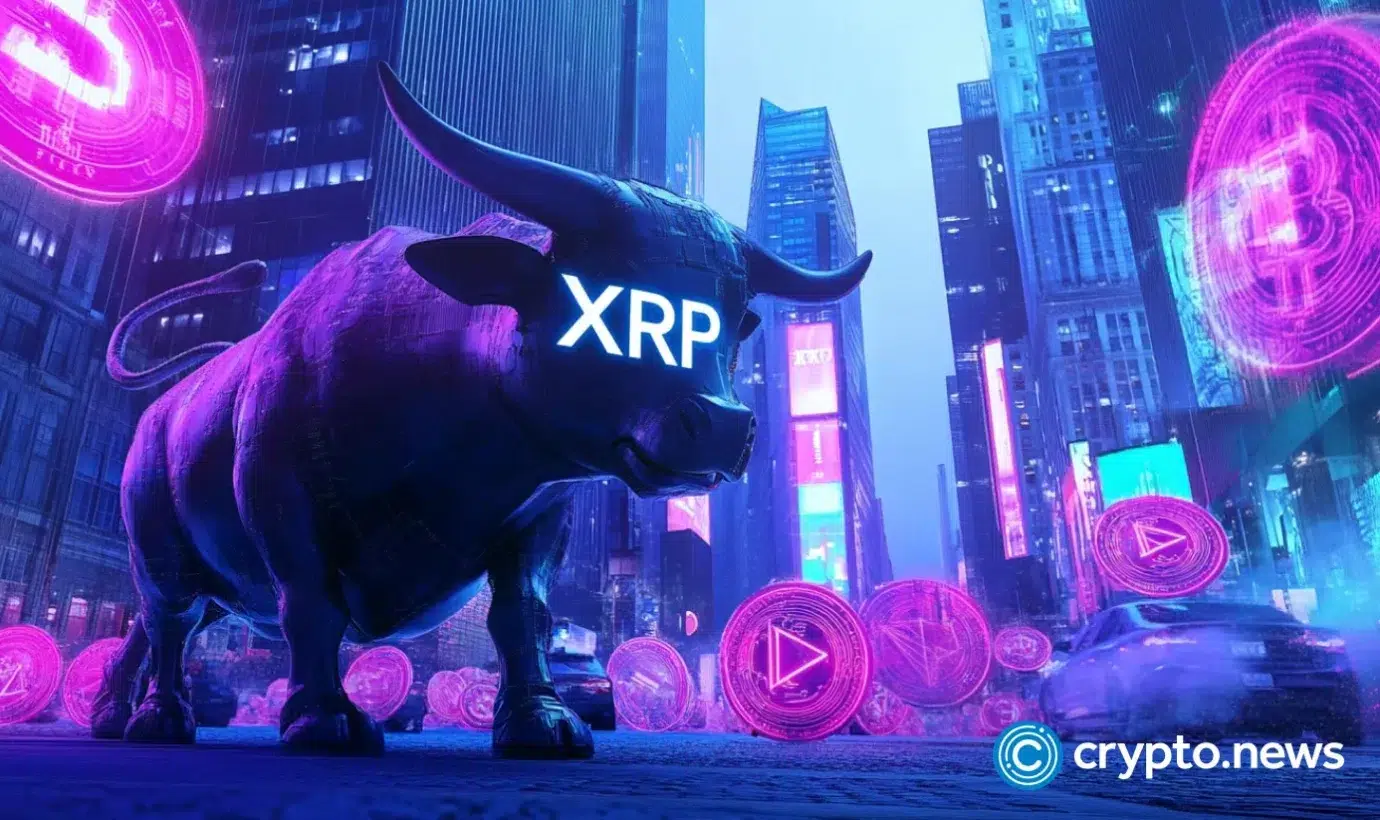Rebeca Moen
Oct 16, 2025 00:39
Wormhole has launched Portal Swap, a decentralized exchange, powered by Mayan, transforming the Portal from a cross-chain bridge into a comprehensive DEX, simplifying token swaps across multiple chains.
Wormhole has announced the launch of Portal Swap, a new decentralized exchange (DEX) powered by Mayan, marking a significant transformation of the Portal from a cross-chain bridge into a fully functional DEX. This development, announced on October 15, 2025, aims to streamline the token swap process by allowing users to execute both cross-chain and same-chain swaps directly from their wallets within a single interface.
Streamlining Token Swaps
The new platform addresses the fragmentation that users previously faced when managing token operations. Traditionally, cross-chain transfers required the use of Portal, while same-chain swaps necessitated moving to separate DEX platforms such as Uniswap or Jupiter. This created a cumbersome experience with multiple interfaces and smart contract approvals. Portal Swap eliminates these complexities by providing a unified interface for executing all types of token transfers.
Diverse Token Transfer Capabilities
Portal Swap supports a wide range of token transfer functionalities, including:
-
- Cross-Chain Transfers: Facilitating the movement of assets between over 40 blockchain networks through Native-Token Transfers (NTT) and Wrapped-Token Transfers (WTT).
- Cross-Chain Swaps: Enabling native-to-native swaps across different blockchain ecosystems using Mayan’s intent-based infrastructure.
- Same-Chain Swaps: Allowing users to perform token swaps on major networks like Ethereum, Solana, Arbitrum, and others within Portal’s interface, utilizing Mayan’s routing and leading DEX aggregators for optimal execution.
Economic Impact and Infrastructure
Portal Swap’s launch is expected to enhance the value captured within the ecosystem as transaction volume increases across both cross-chain and same-chain transfers. This will support ongoing development and security enhancements. Since its inception, Portal has processed over $55 billion in volume, serving more than 1 million users, showcasing its capability to handle institutional-scale transactions.
Mayan’s proven liquidity routing and swap infrastructure bolster Portal Swap’s same-chain functionality. Mayan has processed over $12 billion in volume across more than 2 million users, bringing robust infrastructure to Portal Swap’s expanded capabilities.
Vision for Seamless Transactions
The expansion of Portal Swap from a specialized bridge to a comprehensive DEX underscores the potential of blockchain infrastructure to remove barriers between transaction types. Users can now access tokens through the most efficient routes without worrying about whether their transactions are cross-chain or same-chain, while maintaining control over their assets.
As Portal Swap continues to evolve, it aims to uphold the principles of security, simplicity, and seamless user experiences that have facilitated $55 billion in volume. The integration of same-chain swaps signifies a pivotal shift in Portal’s role within the broader digital economy, offering a unified solution for token transfers.
For more information, visit Wormhole.
Image source: Shutterstock
Source: https://blockchain.news/news/wormhole-unveils-portal-swap-dex-with-mayan-integration



